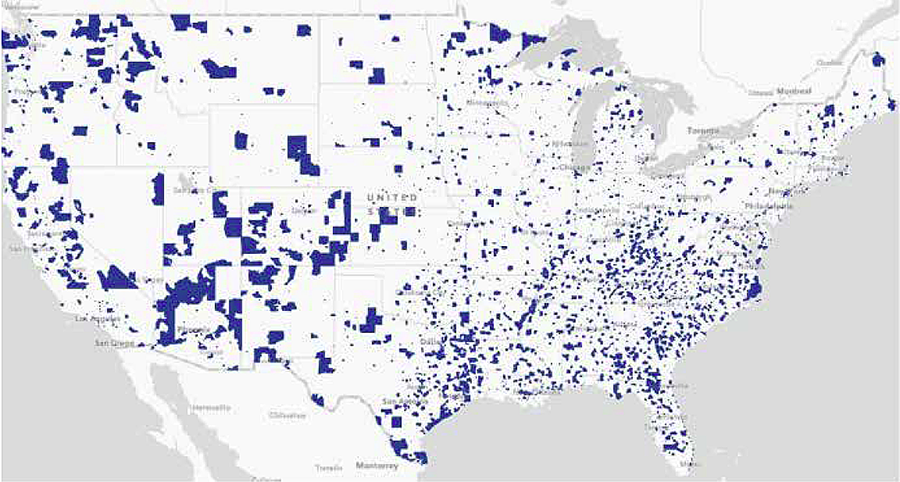Experiences. That’s what retailers have to sell today to keep their brick-and-mortar shops thriving, at least according to the experts. But what is experiential retail, really? A new report from Cushman & Wakefield argues that the seemingly humble pop-up store is a prime example. As the name suggests, pop-up stores pop up, they show up briefly, usually to promote a new product or business line and then disappear again. Their temporary nature makes them exciting and often draws big crowds. Both big and small brand names have dipped into the pop-up experience to boost their sales or launch a new product line. Cushman & Wakefield in its special report on pop-up stores – titled Pop-Up-A-Palooza – says that pop-up stores today feature some of the most interesting retail innovations. As the report says, if you want a clue as to what some of the top tenants of tomorrow will be, you should study the pop-up space today. Traditionally, pop-up stores sprang up around the holidays. Think Hickory Farms selling sausage and cheese from pop-up stores every Christmas. Cushman & Wakefield said that Hickory Farms will run about 650 pop-ups this year, mostly in the form of mall kiosks. Halloween has also been a big-time for pop-up stores. Click to read more at www.rejournals.com.









